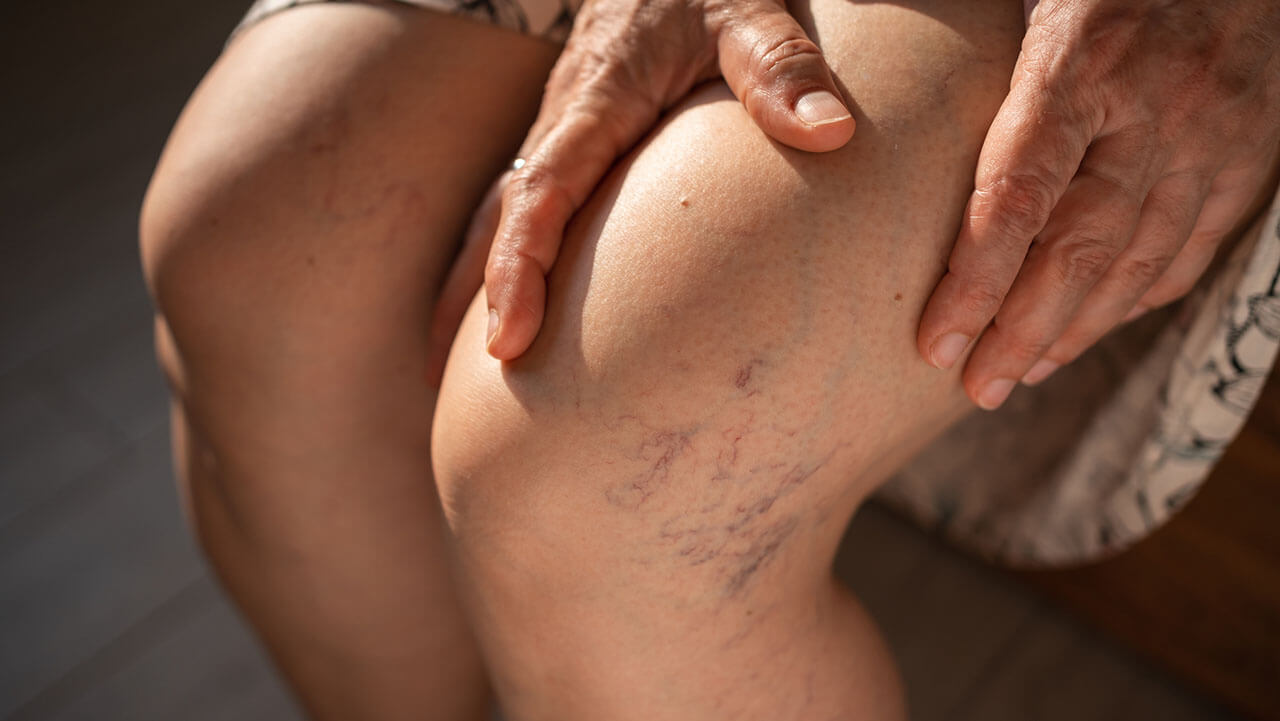

The valves in the veins usually channel the flow of blood toward the heart. When these valves are damaged, blood leaks and pools in the legs and feet. Venous insufficiency is a condition in which the veins fail to return blood efficiently to the heart. This condition usually involves one or more veins. Symptoms include swelling of the legs and pain in the extremities such as a dull aching, heaviness or cramping.
CVI is a long-term condition. It is most commonly due to malfunctioning (incompetent) valves in the veins. It may also occur as the result of a past blood clot in the legs.
A duplex ultrasound exam of your leg may be ordered to:
CVI tends to get worse over time. However, it can be managed if treatment is started in the early stages. By taking self-care steps, you may be able to ease the discomfort and prevent venous insufficiency from getting worse. It is likely that you will need a medical provider to diagnose and treat the condition.
Chronic Venous Insufficiency
This is a condition where the veins have problems sending blood from the legs back to the heart. Normally, valves in your deeper leg veins keep blood moving forward toward the heart. With long-term (chronic), venous insufficiency, vein walls are weakened, and valves are damaged. This causes the veins to stay filled with blood, especially when you are standing.CVI is a long-term condition. It is most commonly due to malfunctioning (incompetent) valves in the veins. It may also occur as the result of a past blood clot in the legs.
Risk Factors
Risk factors for venous insufficiency include:- Age
- Family history of this condition
- Female (related to levels of the hormone progesterone)
- History of deep vein thrombosis in the legs
- Obesity
- Pregnancy
- Sitting or standing for long periods
- Tall height
Symptoms
Pain or other symptoms include:- Dull aching, heaviness or cramping in legs
- Itching and tingling
- Pain that gets worse when standing
- Pain that gets better when legs are raised
- Swelling of the legs
- Irritated or cracked skin if you scratch it
- Red or swollen, crusted or weepy skin (stasis dermatitis)
- Varicose veins on the surface
- Thickening and hardening of the skin on the legs and ankles
- Wound or ulcer that is slow to heal on the legs or ankles
Exams and tests
Your healthcare provider will perform a physical exam and ask about your symptoms and medical history. Diagnosis is often made based on the appearance of leg veins when you are standing or sitting with your legs dangling.A duplex ultrasound exam of your leg may be ordered to:
- Check how blood flows in the veins
- Rule out other problems with the legs, such as a blood clot
Treatment and management
Your provider may suggest that you take the following self-care steps to help manage venous insufficiency:- Do not sit or stand for long periods. Even moving your legs slightly helps keep the blood flowing
- Care for wounds if you have any open sores or infections
- Lose weight if you are overweight
- Exercise regularly
CVI tends to get worse over time. However, it can be managed if treatment is started in the early stages. By taking self-care steps, you may be able to ease the discomfort and prevent venous insufficiency from getting worse. It is likely that you will need a medical provider to diagnose and treat the condition.
When to contact Prevea vascular care
Call your healthcare provider if:- You have varicose veins and they are painful
- Your condition gets worse or does not improve with self-care, such as wearing compression stockings or avoiding standing for too long
- You have a sudden increase in leg pain or swelling, fever, redness of the leg or leg sores.


